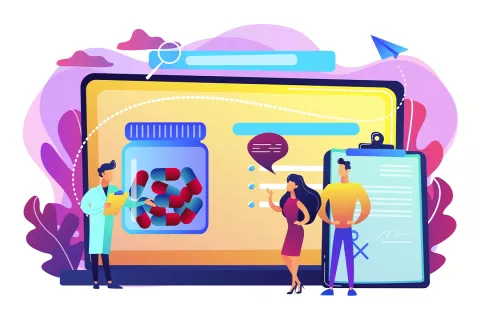In our last blog we talked about a Major Generic Drug Labeling Rule that will entail new guidelines for updating labels of generic drugs in terms of safety information. In this segment we are emphasizing on getaways from the guidance proposed by FDA with respect to safety assessment for IND Safety reporting.
The guidance clearly defines the guidelines for manufacturers and sponsors in order to streamline the safety information regarding investigational new drug application (IND) for biological and human products. Although these guidance are merely recommendations from the agency, sponsors in the industry tend to abide by them since the final rules are pretty much in alignment with proposed guidance.
Safety Information Reporting Requirements
It is the responsibility of manufacturers and sponsors to thoroughly review the safety information and inform the agency about any potential serious risks from the drug in its report. The submitted report should entail information related to any serious and unexpected supposed adverse reactions of the drug. In addition to this, corresponding situations and circumstances that can led to these adverse reactions should also be reported.
As per this guidance an adverse reaction is defined as “A suspected adverse reaction is defined as one in which there is a reasonable possibility that the drug caused the adverse event”.
In order to analyze the adverse reactions of a drug, sponsors should recurrently evaluate the information and data gathered from multiple resources including ongoing or completed studies.
Clinical Database – An efficient solution
To carry out this activity, clinical trial reports database works like a one stop solution for sponsors. Since clinical trial reports consists of great volumes of useful information to identify the behavior of a drug, it becomes easy for investigators to assemble, manage and analyze this information to prepare accurate and detailed safety reports to be submitted to agency. It also helps sponsors to review the rate of adverse effects across different treatment groups using those drugs.
Once the reports have been submitted to the agency, the further steps are taken by reviewing committee of agency to monitor the processes involved. Certain questions arise like:
- Can the drug dosage be modified to reduce its adverse reaction?
- Will a change in the chemical composition of the drug help to make it safer to use in all circumstances?
Thus it is critical for companies to detect these adverse effects as early as possible and report it to the agency so that any important safety information is not left out and public health is not put into jeopardy.
Sponsors need to understand that it is not just about reporting the safety information to agency but also following a strategic approach for safety surveillance of a drug. Agency recommends sponsors to form a safety surveillance plan and a safety assessment committee to carry out these activities smoothly.











